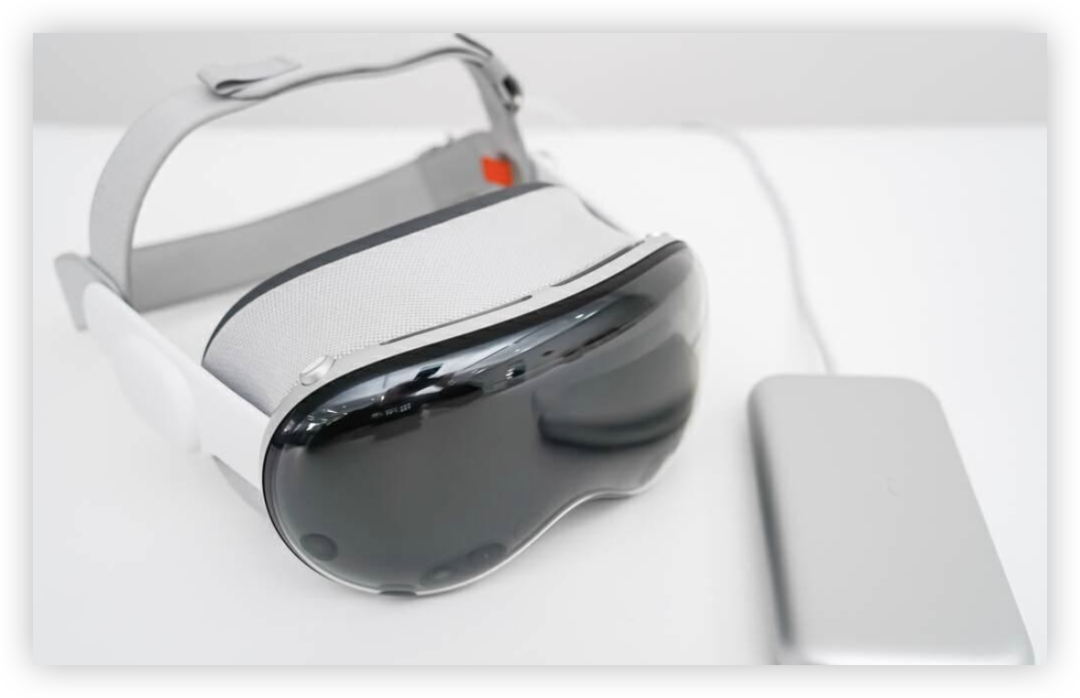Breaking Through: How Apple's VR Motion Sickness Patent Opens New Worlds for Vision Pro

When Apple's Vision Pro made its stunning debut as a "spatial computing" device, it thrilled countless people—but a very real barrier remained: the common problem of VR motion sickness. Now, at this critical moment, Apple's latest patent is like a butterfly breaking out of its cocoon, quietly opening a new door for Vision Pro and the future of immersive experiences, especially in our daily travel scenarios.
The approval of this VR motion sickness patent is not just a technical detail—it's a key step for VR technology to truly reach the masses. It means Vision Pro's application boundaries will be greatly expanded, especially in mobile vehicles previously considered "forbidden zones." Our imagination of future travel is about to be revolutionized.
The "Culprit" Behind Motion Sickness: VR's Achilles' Heel
Motion sickness is scientifically rooted in the sensory conflict between visual information and the vestibular system (which senses head movement and spatial balance). In VR, your eyes see fast-moving images, but your body doesn't feel real movement—this contradiction causes nausea and dizziness. For years, this has been the Damocles' sword hanging over VR's mass adoption, deterring many potential users.
Apple's Solution: A Subtle Balance Between Virtual and Real
Apple's newly approved patent directly targets this pain point. Instead of simply lowering frame rates or narrowing the field of view, it uses a more sophisticated system to "trick" or "soothe" the brain. Imagine wearing Vision Pro in a car: the system can sense the vehicle's bumps and turns in real time and subtly adjust the virtual environment. For example, it might add a stable "virtual frame" or "visual anchor" to the edge of the scene—just like focusing on a fixed point outside a car window in real life—to calibrate your visual perception and reduce the mismatch between internal motion and external visuals.
The patent also mentions dynamically adjusting content display based on the user's head movement and gaze direction, and even synchronizing virtual content with the vehicle's physical motion to some extent. This tight integration of physical and virtual worlds is its true innovation, promising to greatly reduce sensory conflict and banish dizziness.
Vision Pro: From "Home Gadget" to "Travel Companion"
If Vision Pro was initially positioned as a home entertainment or office "spatial computing" device, this patent dramatically expands its use cases—especially in mobile vehicles.
-
In-Car Immersion: Imagine the future of autonomous vehicles: no more staring at your phone in boredom. Instead, put on Vision Pro and instantly enter a private cinema, enjoy blockbuster movies, or transform your car into a mobile office with a virtual big screen—unaffected by the changing scenery outside. Long journeys will no longer be synonymous with fatigue, but with immersive fun.
-
Air Travel "First-Class Upgrade": At 30,000 feet, even economy class can become a luxurious private lounge. With Vision Pro, you can soar through virtual foreign lands, enjoy ultra-high-definition concerts, or work efficiently in a fully immersive private space. This will greatly enhance the comfort and entertainment of air travel, making long flights short and enjoyable.
-
A Broader Mobile Future: Whether it's high-speed rail, ships, or even future space travel, this anti-motion sickness technology will bring unprecedented immersive experiences to passengers. It not only boosts entertainment and productivity, but also redefines what it means to be "on the road."
Market Shakeup and Future Prospects
Apple's patent sets a new technical benchmark for the VR/AR industry. Once the core pain point of motion sickness is effectively solved, the entire mobile VR/AR market will see explosive growth. Automakers and airlines may use VR/AR devices as key selling points to attract users and improve service quality. Content creators will have a broader stage to design immersive content for mobile scenarios. This is not just Apple's victory, but a collective leap for the entire immersive tech ecosystem.
Conclusion
The approval of Apple's VR motion sickness patent is a key step toward Vision Pro's maturity—and even a change in our way of life. It makes VR experiences more comfortable and accessible, but more importantly, it makes "mobility" and "immersion" no longer contradictory. When the shackles of dizziness are broken, Vision Pro will truly become an extension of our digital lives, seamlessly connecting us to the virtual world wherever we are. The future is here, and we are riding Apple's "anti-motion-sickness spaceship" into a new era of immersive, exciting travel.
分享文章
3篇相关文章
Annual Forecast! Ming-Chi Kuo Reveals Apple's Vision Series and AI Glasses—This is What's Truly Worth Waiting For!
2025-06-30
Today, renowned analyst Ming-Chi Kuo released his latest product roadmap forecast for Apple's Vision series and AI glasses (2025-2028), emphasizing that Apple's first smart glasses are expected to be released in the second quarter of 2027.
Apple's AI Ambitions Exposed: Secretly Acquiring Two Mysterious Companies, Is Vision Pro and Apple Intelligence About to Change Everything?
2025-07-08
Apple is secretly strengthening its core AI capabilities through a series of strategic acquisitions, injecting powerful momentum into its two future pillars: Apple Intelligence and Apple Vision Pro.
Vision Pro Gets a Major Upgrade! visionOS 26 Update is Absolutely Amazing!
2025-06-10
Apple has been brewing something big - the operating system for Apple Vision Pro, visionOS, is about to undergo a complete transformation! This visionOS 26 update is no small change; it's like fitting Vision Pro with rocket engines, evolving from a 'novelty toy' into a 'future warrior'. We must discuss this in detail!